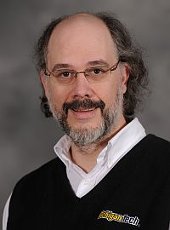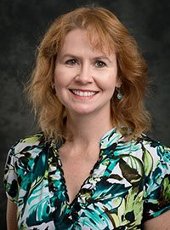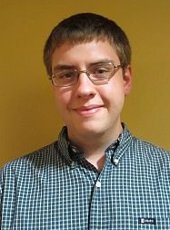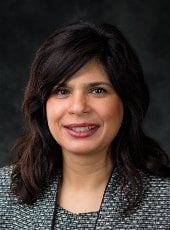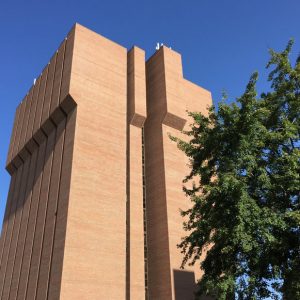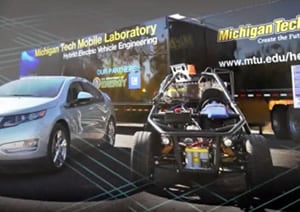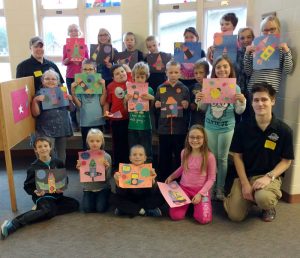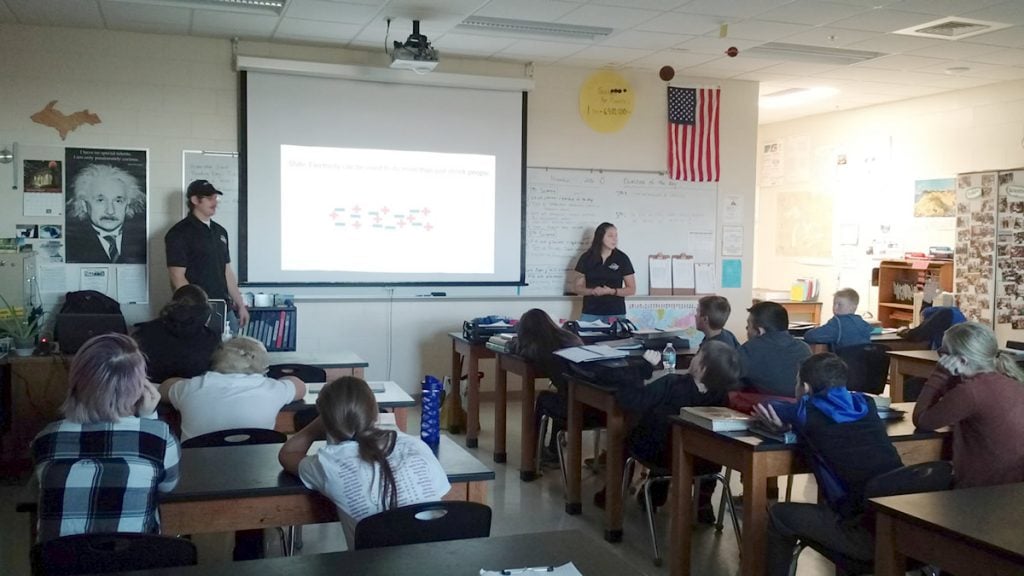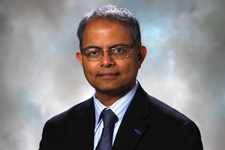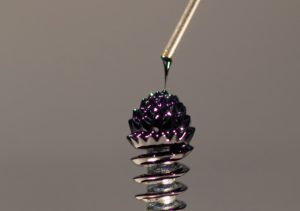
Live Science website published an article and image of ferrofluids research by PhD candidate Brandon Jackson (ME-EM).
Goopy GIF: You Can’t Look Away from This Mesmerizing Experiment
As a series of goopy platforms climb down a bolt in a mesmerizing GIF posted on Reddit, it almost looks as if Mario should hop from one to another.
But this isn’t 1990’s video-game graphics, it’s real life. The GIF shows a demonstration of ferrofluid, a suspension of nanosize magnetic particles in oil. The magnetic particles are small and coated in a surfactant, which is a substance like soap that helps to keep the particles evenly distributed throughout the fluid, even when they’re put next to a strong magnet, said Brandon Jackson, a doctoral candidate in mechanical engineering at Michigan Technological University, who has studied applications for ferrofluids.
